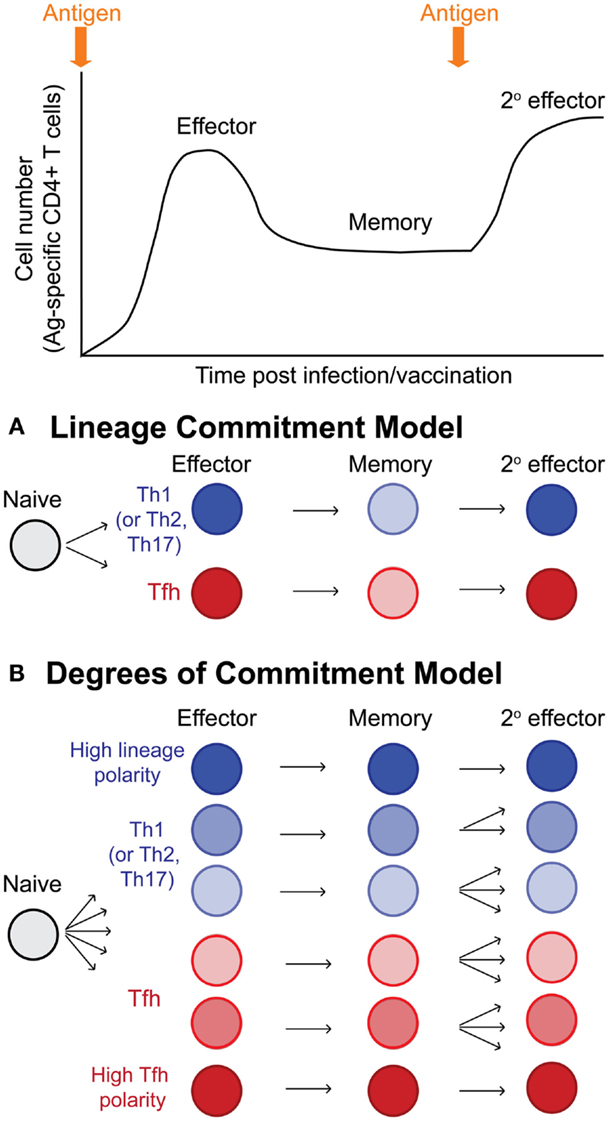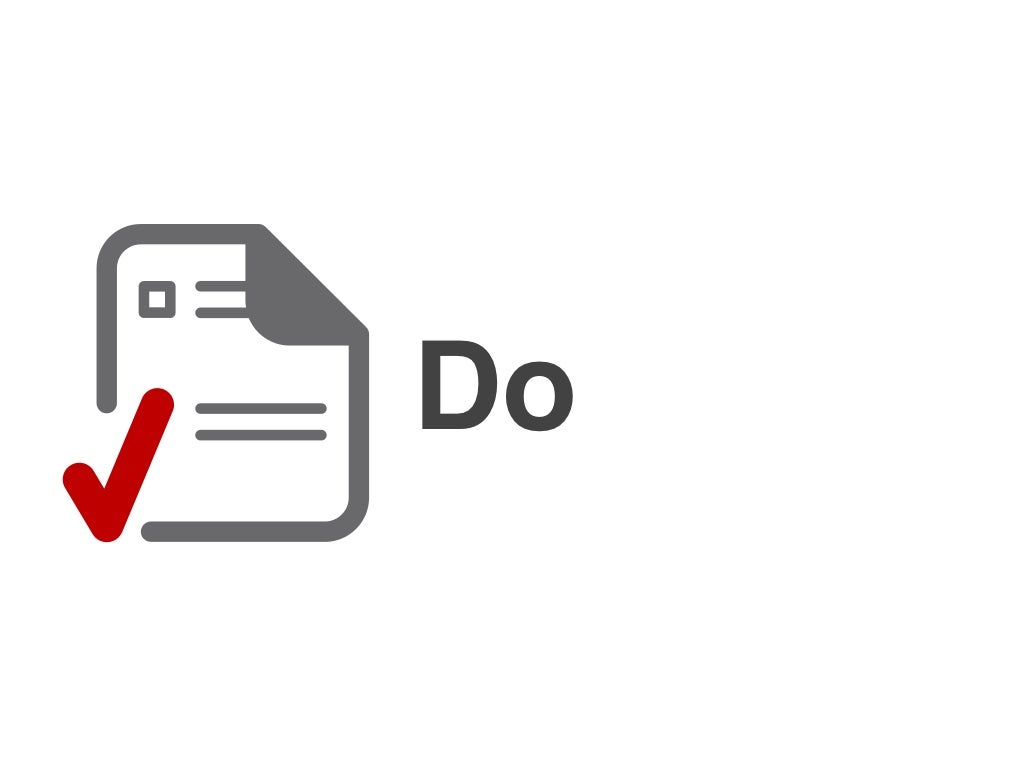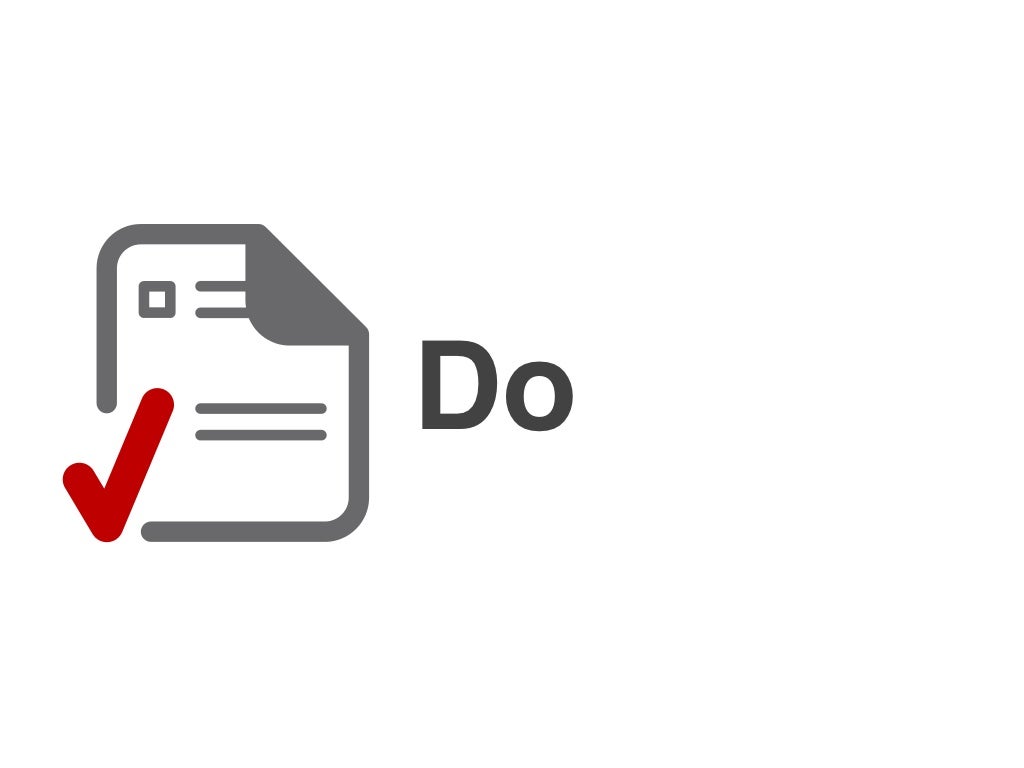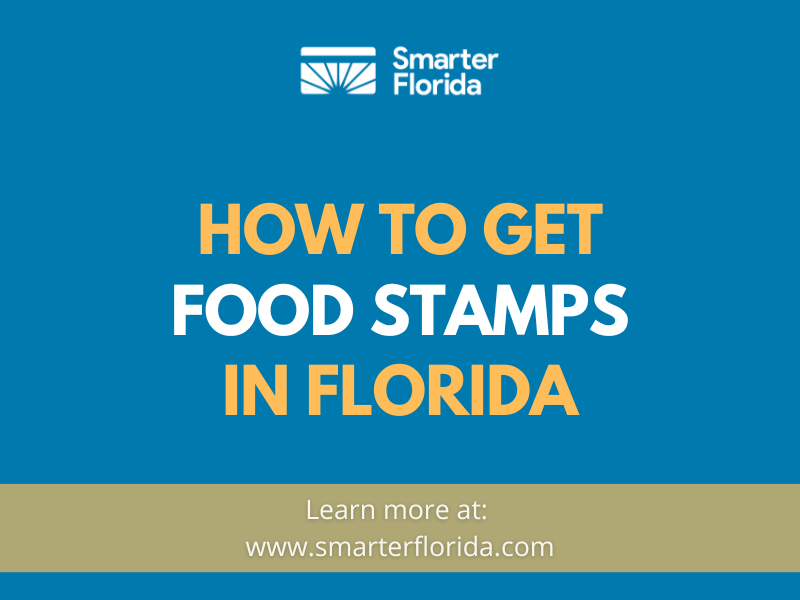Understanding SNAP Benefits for a Family of Five in Florida: Amounts, Eligibility, and Application Steps
What Are SNAP Benefits and Who Qualifies in Florida?
Supplemental Nutrition Assistance Program (SNAP), formerly known as food stamps, is a federal initiative designed to support families and individuals with limited income in affording nutritious food. In Florida, SNAP is administered by the Department of Children and Families (DCF), following federal guidelines but allowing for some state-specific adjustments. To qualify, households must meet certain income, resource, and residency requirements. The program is especially vital for families with children, seniors, or those facing temporary hardship.
How Much Can a Family of Five Receive in Florida?
For the period from October 1, 2024, through September 30, 2025, the maximum SNAP benefit for a family of five in Florida is $1,158 per month . This figure represents the highest possible allotment and is only available to families with little or no net income after allowable deductions. Most families with some income will receive a lower amount based on their financial situation. SNAP benefits are adjusted annually to reflect changes in the cost of living, ensuring that support keeps pace with inflation and other economic factors [1] , [5] .
Florida SNAP Income Limits for a Family of Five
Eligibility for SNAP benefits in Florida depends largely on household income. As of 2025, the gross monthly income limit for a family of five is $6,098 . Households must also pass a net income test, which takes into account allowable deductions such as housing costs, utilities, childcare expenses, and certain medical expenses. If your household includes a senior or a person with a disability, there may be higher income limits and additional deductions [2] , [3] .
Gross income refers to all income before taxes and deductions. If your family’s gross monthly income is at or below the limit, you may qualify for SNAP. If you’re above the gross limit but have high allowable expenses, the net income test may still make you eligible.
How Are SNAP Benefit Amounts Calculated?
While the maximum benefit for a family of five is $1,158, most households will receive a lower amount. The calculation considers:
- Net income: After subtracting allowable deductions from your gross income, your net income is used to determine the benefit.
- Benefit formula: The USDA expects households to spend about 30% of their net income on food. Your SNAP benefit is calculated by subtracting 30% of your net income from the maximum allotment for your household size [5] .
For example, if your net income is $2,000 per month, 30% of that is $600. The calculation would be:
$1,158 (maximum for 5) – $600 (30% of net income) = $558 monthly benefit
This estimate will vary based on your family’s actual net income and eligible deductions.
Step-by-Step Guidance: How to Apply for SNAP in Florida
Applying for SNAP in Florida involves several steps. Here’s how you can get started:
- Gather Documents: Collect proof of income (pay stubs, tax returns), expenses (rent/mortgage, utilities, childcare), identification for all household members, and documentation of assets.
- Check Eligibility: Use an official SNAP eligibility calculator or visit the Florida Department of Children and Families (DCF) website to review current requirements. If uncertain, you can call the DCF customer call center for guidance.
- Complete the Application: Applications can be submitted online through the Florida ACCESS portal. If you prefer, you may also apply in person at a local DCF office or by mail. Search for “Florida ACCESS SNAP application” to find the secure government portal. If you need assistance, many local community organizations and food banks offer help with SNAP applications.
- Interview: After submitting your application, you may be contacted for a phone or in-person interview. Be prepared to discuss your household situation and provide additional documentation if requested.
- Await Decision: Once reviewed, you’ll receive a notice of eligibility and the amount of your benefit. If approved, benefits are loaded onto an Electronic Benefit Transfer (EBT) card each month.
If you have questions or need help applying, you can contact the Florida DCF directly or visit your local office. Community resource centers and public libraries can also provide assistance with the online application process.
What Affects Your Benefit Amount?
Several factors influence the amount of SNAP benefits your family can receive:
- Household Size: The larger your household, the higher your maximum benefit.
- Income: Both earned and unearned income are considered. Lower net income leads to higher benefits.
- Allowable Deductions: Expenses like housing, utilities, childcare, and medical costs can reduce your net income, increasing your benefit amount.
- Special Circumstances: Households with seniors, people with disabilities, or very young children may qualify for additional deductions.
- Changes in Circumstances: If your income or household size changes, you must report this to DCF, as it may affect your benefit amount.
It’s important to keep all records up to date and report any changes promptly to avoid disruption in benefits or overpayments.
Overcoming Common Challenges in the SNAP Application Process
Applying for SNAP can be straightforward, but some families face obstacles, such as gathering required documentation or understanding eligibility calculations. If you experience challenges, consider these strategies:
- Seek Help: Many local food banks, community centers, and legal aid organizations offer free assistance with applications and documentation.
- Language Barriers: Florida DCF provides forms and assistance in multiple languages. Ask for translation services if needed.
- Internet Access: If you do not have internet at home, public libraries and community centers often provide free computer access for online applications.
- Appealing a Decision: If your application is denied or you receive a lower benefit than expected, you have the right to request a fair hearing and appeal the decision. Details on the appeals process are provided in your eligibility notice.
Alternative Resources for Food Assistance in Florida
In addition to SNAP, several other programs and resources may be available to help your family access nutritious food:

Source: melissa.depperfamily.net
- WIC (Women, Infants, and Children): Supports pregnant women, infants, and children up to age five with food and nutrition education. To apply, contact the Florida Department of Health and ask about the WIC program.
- School Meal Programs: Many Florida public schools offer free or reduced-price meals to eligible students. Contact your child’s school for details.
- Food Pantries and Community Kitchens: Local food banks and pantries provide free groceries or hot meals. Search for “Florida food bank” or “food pantry near me” for locations in your area.
- Emergency Food Assistance: In times of crisis, the Emergency Food Assistance Program (TEFAP) may provide additional support. Ask your local DCF office or food bank about eligibility.
Key Takeaways and Next Steps
Florida families of five may qualify for up to $1,158 per month in SNAP benefits, depending on income and deductions. The application process is accessible online, in person, or by mail, and community organizations can help you every step of the way. Keeping detailed records, understanding eligibility requirements, and reporting changes promptly can help ensure you receive the support you need.
If you’re ready to apply or want to learn more, search for the Florida Department of Children and Families SNAP page or call their customer support center for up-to-date information and guidance.
References
MORE FROM grabscholarships.de













